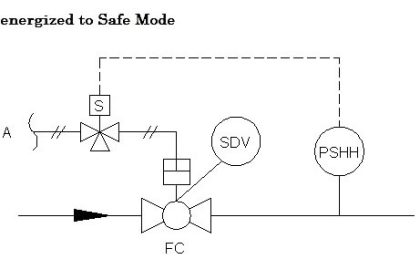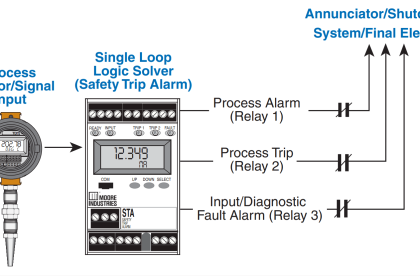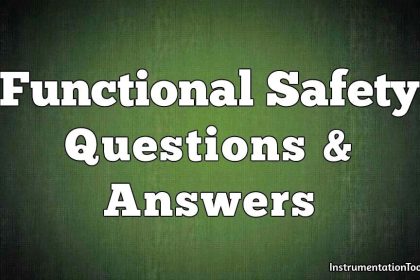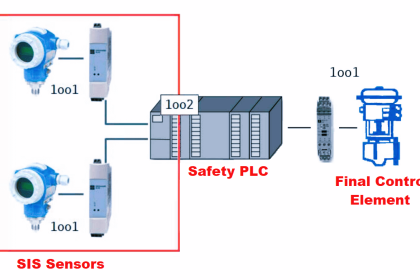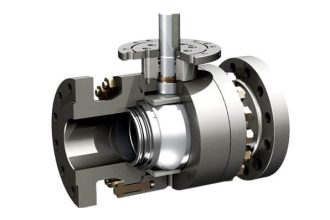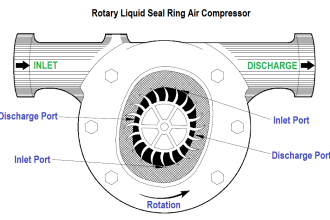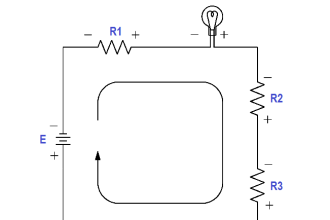Fluid pressure exerts force on any surface area it contacts, as described by the formula F = PA.
One practical consequence of this fact is that process vessels and pipelines may catastrophically burst if subjected to excessive fluid pressure. If subjected to excessive vacuum, some vessels and piping may implode (collapse in on themselves).
Not only do these potential failures pose operational problems, but they may also pose severe safety and environmental hazards, especially if the process fluid in question is toxic, flammable, or both.
Special safety devices exist to help prevent such unfortunately events from occurring, among them being rupture disks, relief valves, and safety valves.
Over Pressure Protection Devices
The following subsections describe each of these protective devices and their intended operation.
In a P&ID, rupture disks and relief valves are represented by the following symbols:
A rupture disk acts like an electrical fuse for overpressure protection: when the burst pressure is exceeded, the disk ruptures to let fluids escape through it.
Safety and relief valves work like self-resetting circuit breakers: they open to relieve pressure, then re-close to seal the process system once more.
Two common causes of process overpressure are piping blockages and overheating caused by fires.
Although it may sound ridiculous, a number of fatal industrial accidents have been caused by something as simple as shut block valves that should have been left open.
When fluid cannot escape a process vessel, the pumping forces may exceed the burst rating of the vessel, causing catastrophic failure.
Fires may also cause overpressure conditions, owing to the expansion of process fluids inside sealed vessels.
Overpressure protection devices play a crucial role in such scenarios, venting process fluid so as to avoid bursting the vessel. It should be mentioned that these two causes of overpressure may have vastly differing protection requirements:
the required flow rate of exiting fluid to safely limit pressure may be far greater in a “fire case” than it is for a “blockage case,” which means overpressure protection devices sized for the latter may be insufficient to protect against the former.
Overpressure protection device selection is a task restricted to the domain of process safety engineers.
Instrument technicians may be involved in the installation and maintenance of overpressure protection devices, but only a qualified and licensed engineer should decide which specific device(s) to use for a particular process system.

